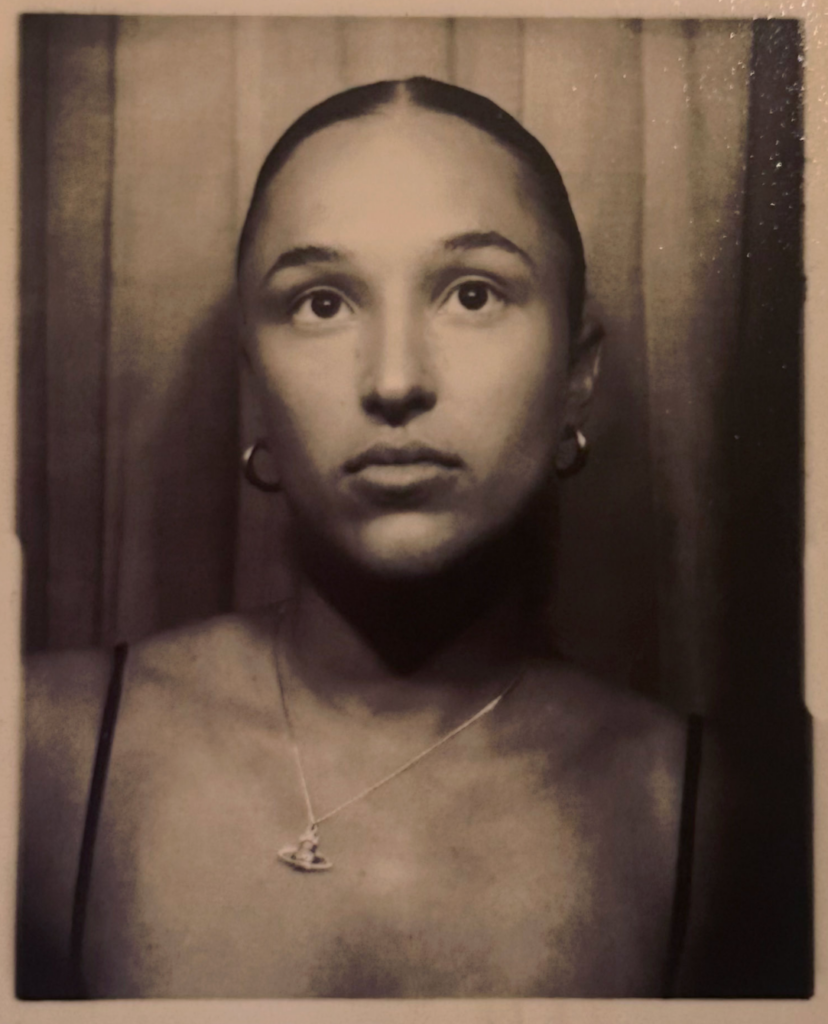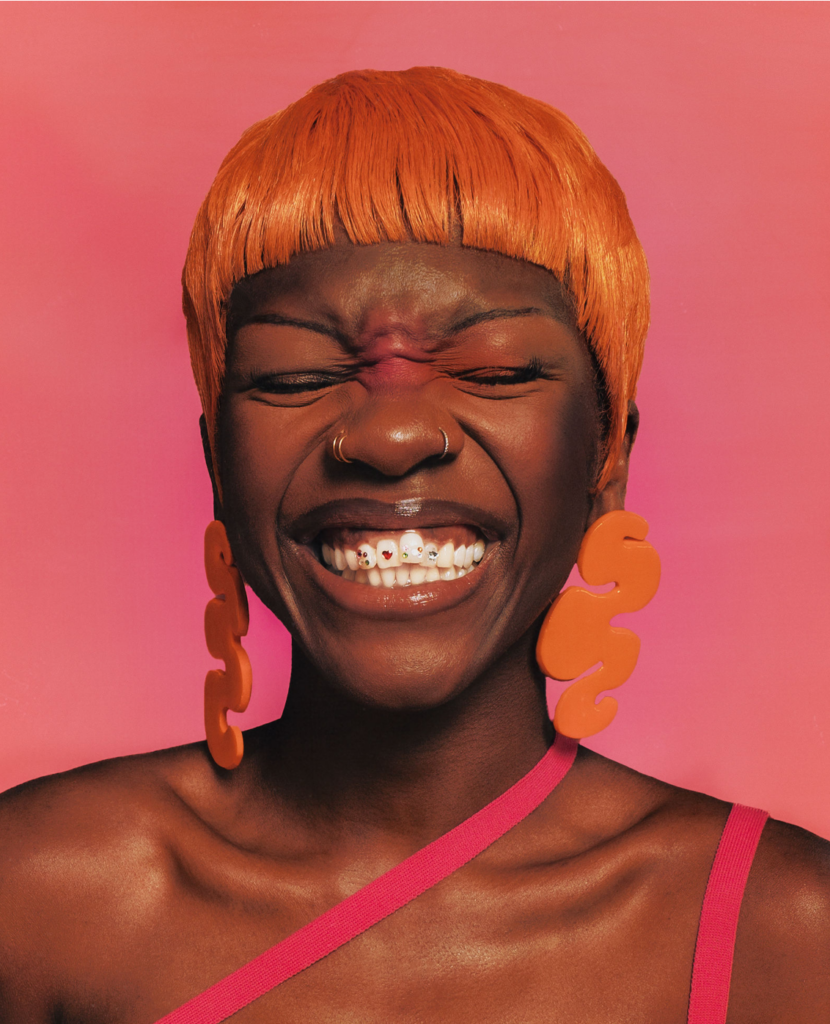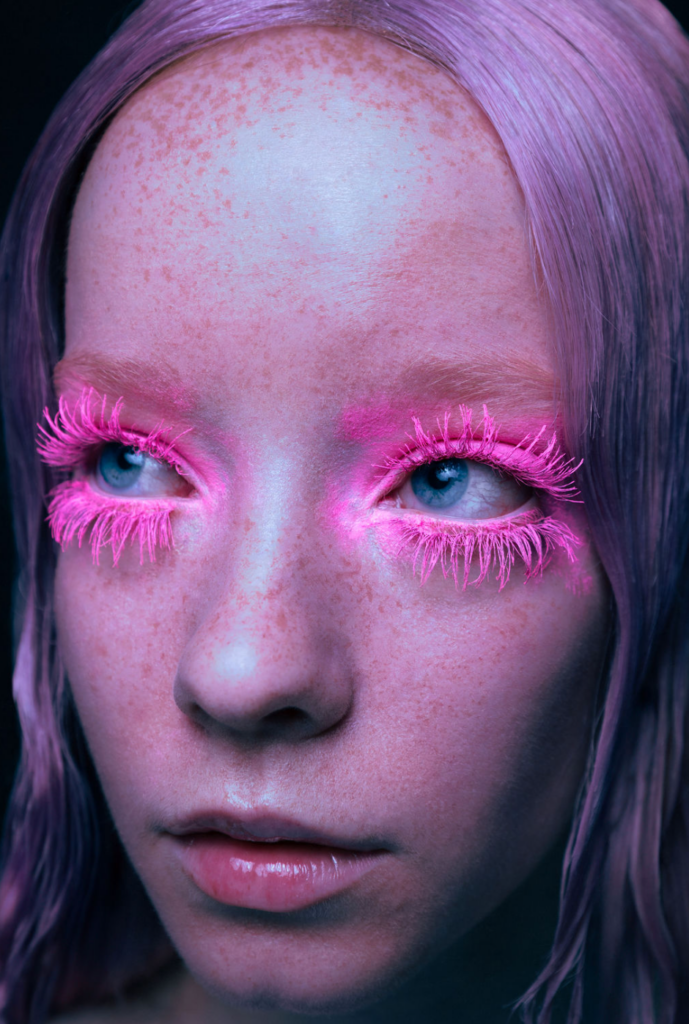
“I Keep Creating For Myself”: Raphaële Sohier's Advice for New Photographers in 2025
Written by Jude Jones
To call an artist’s work kaleidoscopic has devolved into something of a cliché. However, in the photographic cosmology of Raphaële Sohier, which stands on the threshold between dreamlike hallucination and gritty, grounded rawness, where colours saturate and explode, where subjects’s personalities and inner lives soak into every corner of the frame, this is perhaps the one word that can encapsulate the breadth – fragmentary yet whole – of her carefully fine-tuned craft.
A rising photographer and Cold Magazine community member from Quebec City, Canada, Raphaële has swiftly ascended to the upper echelons of her field, despite only committing herself to the artform into her 20s. With her work now having been featured everywhere from Vogue to Rolling Stone to the billboards on the streets of Toronto, and her client list ranking, to name a few, Afrobeats intuit Rema, TV hearthrob Rome Flynn, and Lebanese-Egyptian R&B princess Zeina, she sits with The Cold Magazine to discuss her heady rise and what it means to be a photographer in today’s culturescape.

The Cold Magazine (CM): Did you always see yourself working in fashion, or did your path evolve unexpectedly?
Raphaële Sohier (RS): The interest was always there, but I actually played basketball for 11 years. It was a huge part of my life. When I stopped, I felt completely lost. I don’t think people talk enough about what it feels like to let go of something you thought would be your future. It’s like starting from scratch.
After that, I tried out different programs in school. I moved to Toronto and studied marketing and advertising — but I still felt off. I had this fire in me, this desire to do something big, but no idea how to channel it. Eventually, I dropped out and switched to graphic design. I only did one semester before I thought: am I really about to spend 20k on something I could learn on my own?
During that time, my friend Loem — an incredible artist — needed press shots. I had done some photography when I was younger, so I offered to help. I rented a camera, and we shot all weekend. The next weekend, I bought my own camera. That was the moment. For the first time in a long time, something just made sense. I felt clear. I had a purpose again.
CM: What were your first steps into the industry — and how did you get your first real job?
RS: My first real job was for a hair salon back home. I remember telling my parents, “Trust me — I’m going to make a living out of this.” And now I do. There’s nothing like the feeling of building something for yourself. It’s yours. No one can take it away from you.
CM: How do you prepare creatively and logistically before a shoot?
RS: I usually have a shot list to keep things clear, but honestly, creativity comes from just living life. Being an artist means staying open to small details around you — a mood, a colour, a conversation. That’s where inspiration hides. But I’ve also learned how important it is to pause. This industry moves so fast, and it’s easy to feel like you’re falling behind. Taking time to disconnect, even for a moment, helps me create with more intention.
CM: How do you balance your artistic voice with the expectations of brands or magazines?
RS: By keeping the personal work alive. Even when there’s no brief, no client, I keep creating for myself — that’s what fuels me. Your artistic voice evolves, and if you don’t nurture it, it’s easy to lose it in other people’s expectations. Personal projects are how I stay connected to my why.

CM: Have you ever taken a creative risk that paid off — or didn’t?
RS: Honestly, the biggest risk you can take is simply choosing to invest in yourself. It’s scary — especially at first — but there’s something incredibly empowering about carving out that time and space to believe in your own potential. You end up being proud that you trusted yourself.
One of the biggest leaps I took was deciding to work outside of Montreal. The creative scene there is amazing, but I started to feel a bit boxed in. Just a year into my photography journey, I booked a trip to LA with my best friend, who’s also a photographer. We lined up seven personal shoots with local artists — just passion and vision. It was a huge investment, but I knew it would build my credibility and expand my network. My parents had a lot of questions, of course, but they also had my back. That experience really shaped everything that came after.
CM: What do your parents think about your path?
RS: They’re super supportive, even if they don’t always understand every step. I think it’s natural for parents to worry when their kid chooses a path that’s uncertain and full of sacrifices. But I’ve always felt their love.
CM: What are the biggest challenges you face in this field?
RS: Honestly? Taking the time to acknowledge what you’ve accomplished. Because things move so fast, it’s easy to get caught up in the next thing — and burn out. I try to pause and really see how far I’ve come.
CM: What’s the part of the job you love most — and the part you could live without?
RS: I love the freedom to create and the opportunity to travel the world. If I could skip the emails and admin, though… I wouldn’t complain.
CM: What do you think it really takes to “make it” in this field now?
RS: Confidence in your own delusion.
CM: How important is networking — and what’s your advice for someone starting out?
RS: Networking is everything. The relationships you build are the ones that lead to the big jobs. Being talented isn’t enough — you have to treat it like a business, be intentional, and showup. You have to be a tough cookie. But if you’re hungry enough, you’ll get there.
CM: Any common misconceptions younger photographers have about the industry?
RS: I think a lot of people fall into one of two extremes: they either think it’s all glam and cool shoots, or they sit back waiting for that one “big break” to magically appear. But the truth is — neither mindset works. You have to hustle. You have to create the opportunities yourself, over and over again. And if you stay consistent, those dream moments you’ve been chasing? They’ll start coming to you.
CM: If you could give your younger self one piece of advice, what would it be?
RS: It might sound corny, but, listen to that voice inside. The one that nudges you toward something bold. Be ballsy, be yourself. The right people will get it — and they’ll get you.

